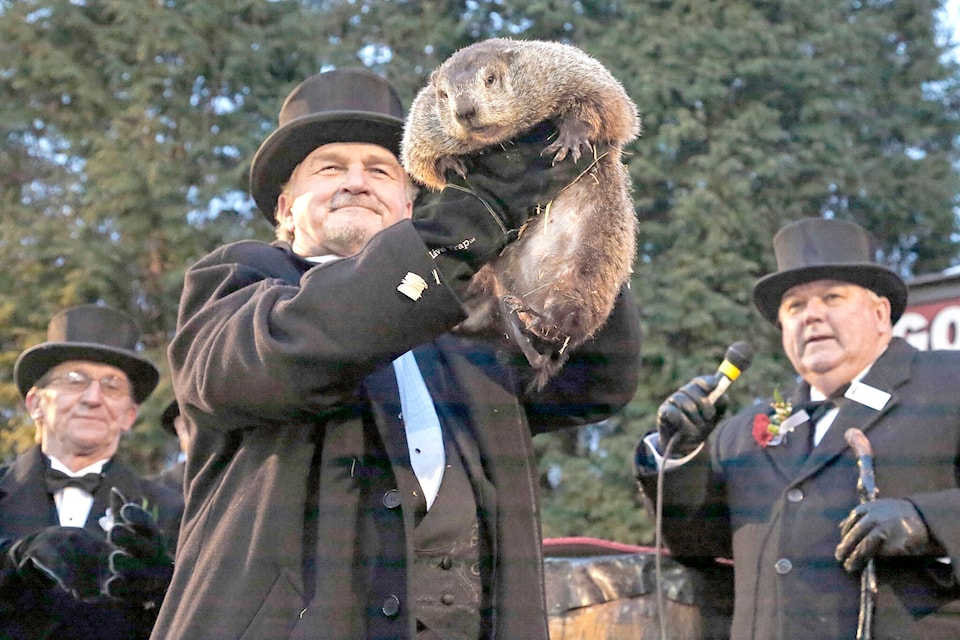As a happily married man, you might be expecting a romantic Valentine’s Day column from me right about now.
If that’s what you’re here for, strap in and prepare to be disappointed.
Milltown Mel, assumed to have lived to a ripe old groundhog age, passed away just before Groundhog Day 2022. He’s survived by several men in top hats and a smattering of fans all over the American east coast and beyond. He died doing what he loved, and what we all love – eating, sleeping and complaining about the weather. Rest well, Mel. This one’s for you.
(Punxsutawney Phil – long may he reign – predicted six more weeks of winter, if you’re curious.)
While Milltown is left temporarily hog-less, I’ve taken it upon myself to execute a Herculean task: to determine what animal might make a better meteorologist now that there’s a vacancy.
Let’s first keep it in the family and look to the groundhog’s cousin, the squirrel. Based on size alone, the squirrel’s food bill would already be smaller, and that can’t be understated given the price of produce today. The squirrel is well-versed in weather as they live virtually everywhere, and adapting them to the sleep schedule of the groundhog should be no problem, in theory.
However, squirrels are naturally jumpy and incredibly agile. A crash course in human-squirrel training over the next year may be enough to get them to calm down, but the risk factor is their prey animal nature. If your prima donna predictor gets loose during the hallowed ceremony and rains chaos upon a crowd of now-frightened onlookers, the squirrel gets more scared, and the people panic even more. It creates an accelerating cycle of mayhem that could well culminate in loss of life, limb or worse - 12 more weeks of winter.
Perhaps an intercontinental ‘hog would do, specifically the hedgehog. The hedgehog is not a particularly social creature, but it’s not as if the groundhog ever had a full calendar (to our knowledge). The hedgehog is cute, relatively calm and mostly polite, which would be particularly handy if the hedgehog happened to have you over for a spot of tea. Though solitary, the hedgehog’s ability to learn social interaction could conceivably make it a convincing host in place of the traditional groundhog.
The problems lie in, again, a lack of predictability and time to train. While it’s true that hedgehogs can be taught to tolerate or even love human presences, like many of us humans, there are presumably limits on socializing. Solitary by nature, it’s safe to say the most we would get out of a hedgehog before a crowd of cheering weather nerds and festival-goers is it rolling up into a ball and saying “no thank you” to the entire affair. This anti-climax leaves us without a winter prediction, disappointed, cold and a bit short on cash. It’s not unlike early January in that way, and nobody wants to go back to early January.
It’s clear just in this short experiment that there’s no true substitute for the meteorological wisdom that comes from our friend, the groundhog. Besides, if we were to switch to a new animal now, we’d have to create new merchandise, draft legislation to re-name the holiday, go through lengthy public meetings – it’s a sea of red tape that is best left untraveled.
My recommendation would be to begin the interview process for a new groundhog now. It’s what’s best for North America.
